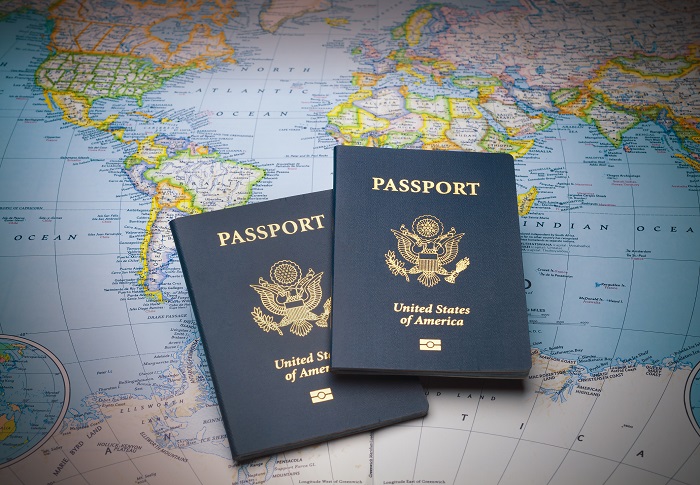After six years of negotation, in April Australia, Japan, South Korea and New Zealand signed a memorandum of cooperation on the ARFP, which will come into effect on 30 June.
The participating countries will then have up to 18 months to implement any necessary domestic arrangements. Activation of the fund passport will start as soon as any two participating countries meet all requirements.
Tahiri said the differing investment cultures and divergent tax schemes could be major constraints.
“This could be a challenge for fund managers with international brand names to bring their existing products into the region,” he told International Adviser’s sister publication Fund Selector Asia.
Home bias
For example, among the four countries, Australia’s fund industry operates in a very specific market with products focused on domestic investors who tend to have an appetite for investing in onshore instruments. The strong home bias could discourage investment in the unfamiliar products coming in through the passport.
Likewise, interest among Australian asset management firms to launch products in offshore markets would be limited. “[Australia] is a huge, self sufficient market in a way,” Tahiri said.
His view on Australia has been shared by some analysts. Cerulli said significant differences in the country’s tax laws and investment culture compared to many of the other participant countries are seen as obstacles to the fund passport scheme.
Mature and developing markets
Japan and South Korea are also mature markets, but they are not very open to international investors, while New Zealand is similar to Australia, Tahiri added.
Thailand and the Phillipines, two developing markets, signed a statement of understanding in September 2015 and are expected to join at some point.
The notable absence of Singapore was due to the failure of the multi-country agreement to address the different tax treatment between onshore and offshore funds.
“Singapore wants to make sure the rules are the same, but they are not completely rejecting the passport scheme.” Tahiri said.
He expects the ARFP to begin in 2018 or 2019.
HK’s MRF `easiest’
Two other cross-border mutual fund initiatives have been launched in Asia.
The Asean Collective Investment Scheme (Cis) framework, between Singapore, Malaysia and Thailand launched in August 2014 and the Mutual Recognition of Funds between Hong Kong and China, launched in July 2015.
According to industry reports, five funds have been successfully approved and launched in a host jurisdiction via the Asean Cis as of late March. The MRF, however, which was launched later, has 20 funds available for sale currently.
Tahiri said the MRF is the easiest to implement compared to the other two schemes.
“Getting the two [China and Hong Kong] to agree is easier than getting three to four [countries] to agree,” he said. “There is a lot of interest in the China market. The only way for international funds to get distribution into China is by using the Hong Kong platform.”








